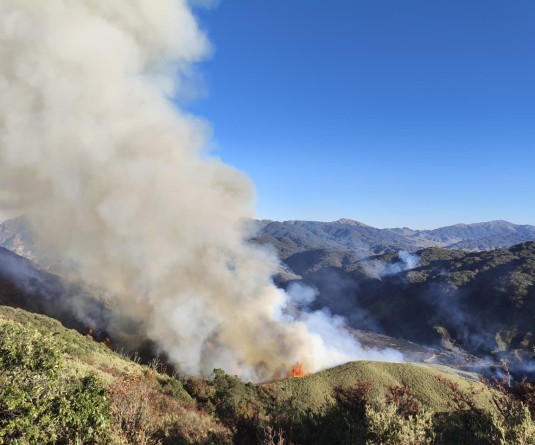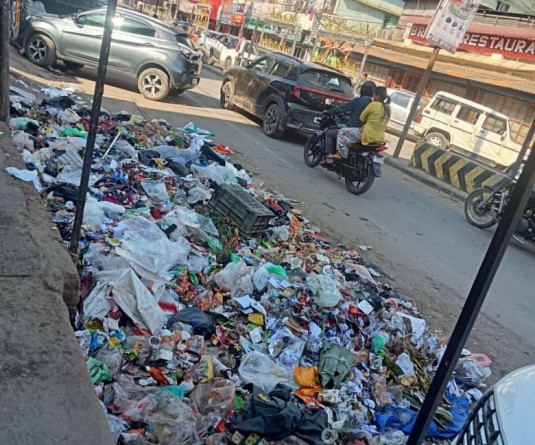Department of Geography, Nagaland University organised a National Workshop on Training & Awareness Programme on Methods of Geochronology & Research Opportunities at Lumami Campus on April 29 and 30.
.jpg)
Lumami, May 1 (MExN): The Department of Geography, Nagaland University, organised a National Workshop on Training & Awareness Programme (NWTAP) on Methods of Geochronology & Research Opportunities at Lumami Campus on April 29 and 30.
A press release received here stated that conducted in collaboration with the Inter-University Accelerator Centre (IUAC), New Delhi, the primary objective of the workshop was to foster a comprehensive understanding of geochronological methods, scientific techniques that help decode Earth's surface processes, environmental changes and geological events.
The programme commenced on April 29 with an introductory address by Dr Manasi Debnath, Organising Secretary, followed by welcome speech from Prof Wangshimenla Jamir, Head of Department and Convenor. The event was graced by Vice-Chancellor Incharge Prof Bendang Ao, and included resource persons Prof Milap C Sharma (JNU, New Delhi), Dr Pankaj Kumar, IUAC, New Delhi, Dr Ambuj Mishra IUAC, New Delhi, Dr Jaishree Sanwal, JNCASR, Bangalore, Prof HJ Syiemlieh, NEHU, Shillong, and Dr T Walling, Nagaland University, Kohima campus.
.webp)
The workshop witnessed participation in both physical and hybrid modes from scholars across the country, stated the update received here.
A major highlight was the inauguration of the Glacier and Mountain Research (GLAMOR) Laboratory by Prof Ao and Prof MS Rawat, Dean of the School of Sciences.
The workshop emphasised the significance of advanced geochronological techniques such as Optically Stimulated Luminescence (OSL) dating, AMS ¹⁴C, ¹⁰Be/²⁶Al exposure dating, and Zircon geochronology—especially in the context of the North-East Indian region, including Nagaland. These methods hold immense potential for cross-disciplinary research.
On April 30, a field training was conducted in Mokokchung district, where participants explored the tertiary sediments—the final stages of Himalayan orogeny following the collision of the Indian and Eurasian plates. Participants studied fault structures, sedimentary features, and evidence of the changes in river courses due to the active tectonics in this region. The local sandstone and shales offered insight into ancient Tethyan marine conditions that contributed to the formation of present-day Nagaland.




.jpg)

